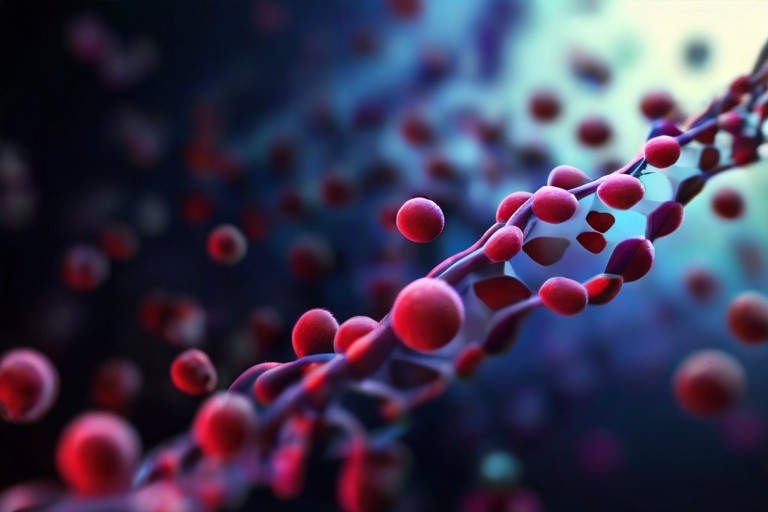Scientists at the University of Pittsburgh School of Medicine have made a significant breakthrough in the search for a cure for HIV. They have identified drug candidates that show promise in reversing the virus’s ability to hide from the immune system.
The discovery, published in the journal Cell Chemical Biology, reveals a potential path to eliminate the viral reservoir that cannot be cleared with existing antiretroviral drugs. This reservoir is what prevents people from being completely cured of HIV even when their viral load is undetectable in standard tests.
“We have excellent antiretroviral drugs that suppress HIV, but unfortunately, none of them clear the virus. If someone with HIV stops taking their medication, the infection will rebound,” said senior author Thomas Smithgall, Ph.D., the William S. McEllroy Professor and former chair of the Pitt School of Medicine’s Department of Microbiology and Molecular Genetics.
The research team focused on a viral protein called HIV Nef, which is expressed at high levels after HIV infection. Nef can prevent the immune system from destroying infected cells by blocking or “hiding” signs of the virus on the cell surface. However, Nef is a challenging target for drug design.
Instead of pursuing a drug molecule that might only block one or two Nef functions, the researchers looked for a compound that would mark Nef for degradation in infected cells. Degrading the Nef protein would block all of its functions, including HIV infection and replication, and reveal the infected cells to the immune system for destruction.
“Our Nef-directed PROTACs are one of the first examples targeting infectious diseases. In theory, this approach should be applicable to proteins from other viruses that serve functions similar to HIV Nef,” said lead author Lori Emert-Sedlak, Ph.D., research associate professor of microbiology and molecular genetics at Pitt.
While the researchers are excited about the potential of this approach, they caution that several major steps are still required before it can be tested in people. Their team will now focus on preclinical testing in animal models, mapping of the Nef signaling pathways, and using advanced crystallography tools to determine the structure of the Nef protein in complex with the PROTAC molecule.
“Finding a small molecule that bound selectively to Nef, that was the hardest part,” Smithgall said. “Now we have to keep going with medicinal chemistry optimization and see how well it works against the HIV reservoir in an animal model.”


